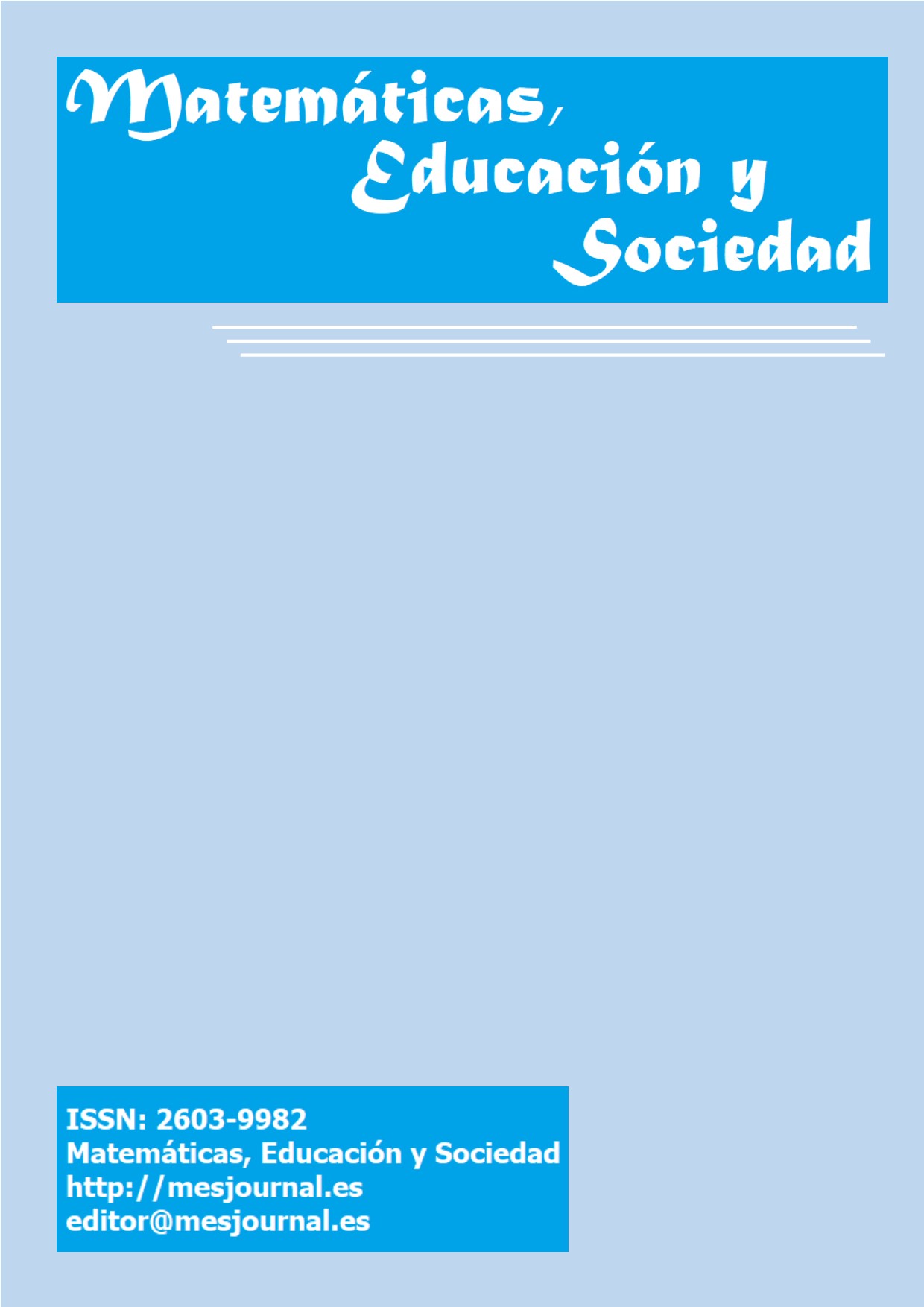Flipped classroom as a methodological strategy to improve competences in grupal work in the didactics of mathematics
Main Article Content
Abstract
This article shows the results of a quasi-experimental research carried out in a subject within the Didactics of Mathematics area, in which the quality of the group work carried out in an experimental group, is compared with the one done in a control group. This will highlight where the flipped classroom model has been implemented, against those developed in a control group, where classes have been taught in a traditional way. After the analysis, it is evident that the “flipped classroom” methodology, favors and encourages collaborative and cooperative work. Higher quality work is obtained, which corresponds to the acquisition of competences necessary for the future teachers of primary education.
Downloads
Article Details
This work is licensed under a Creative Common License (CC BY 3.0 ES)
References
Campbell, D. T. y Stanley, J. C. (1973). Diseños Experimentales y Cuasi-Experimentales en la Investigación Social. Amorrortu. Buenos Aires,1982.
Crouch, C. H., Watkins, J., Fagen, A. P., & Mazur, E. (2007). Peer instruction: Engaging students one-on-one, all at once. Research-Based Reform of University Physics, 1(1), 40-95.
Davies, R. S., Dean, D. L., & Ball, N. (2013). Flipping the classroom and instructional technology integration in a college-level information systems spreadsheet course. Educational Technology Research and Development, 61(4), 563-580. https://doi.org/10.1007/s11423-013-9305-6.
DeLozier, S. J., & Rhodes, M. G. (2016). Flipped Classrooms: a Review of Key Ideas and Recommendations for Practice. Educational Psychology Review, 1-11. https://doi.org/10.1007/s10648-015-9356-9.
España (2007). Orden ECI/3857, de 27 de diciembre de 2007, por la que se establecen los requisitos para la verificación de los títulos universitarios oficiales que habiliten para el ejercicio de la profesión de Maestro en Educación Primaria. Boletín Oficial del Estado,312, 53747-53750.
España (2007). Real Decreto 1393/2007, de 29 de octubre, por el que se establecen las enseñanzas mínimas de la Educación primaria. Boletín Oficial del Estado, 293, 53-93
Hernández Requena, S. R. (Ed.). (2008). El modelo constructivista con las nuevas tecnologías, aplicado en el proceso de aprendizaje. Revista de Universidad y Sociedad del Conocimiento, RUSC, 5(2), 26-35.
Huber, G. L. (2008). Aprendizaje activo y metodologías educativas Active learning and methods of teaching. Revista de Educación, 59, 59-81.
Kuiper, S. R., Carver, R. H., Posner, M. A., & Everson, M. G. (2015). Four Perspectives on Flipping the Statistics Classroom: Changing Pedagogy to Enhance Student-Centered Learning. PRIMUS, 25(8), 655-682. doi: 10.1080/10511970.2015.1045573.
Mason, G. S., Shuman, T. R., & Cook, K. E. (2013). Comparing the Effectiveness of an Inverted Classroom to a Traditional Classroom in an Upper-Division Engineering Course. IEEE Transactions on Education, 56(4), 430-435. https://doi.org/10.1109/TE.2013.2249066.
Mazur, E. (2013). Peer Instruction: Pearson New International Edition:A User’s Manual (Edición: 01). Harlow: PEARSON EDUCATION LTD.
Niss, M. (2003). Quantitative Literacy and Mathematics Competencies. En Quantitative Literacy: Why Numeracy Matters for Schools and Colleges, 215-220. National Council on Education Disciplines. Recuperado a partir de http:// www.maa.org/ql/pgs215_220.
Project tomorrow. (2015). Speak Up 2014 National Reserch Project Findings: Flipped Learning continues to trend for third year (Speak Up 2014 National Data) (p. 4). Irvine- California. Recuperado a partir de http://www.tomorrow.org/speakup/2015_FlippedLearningReport.html
Rotellar, C., & Cain, J. (2016). Research, Perspectives, and Recommendations on Implementing the Flipped Classroom. American Journal of Pharmaceutical Education, 80(2), 34. https://doi.org/10.5688/ajpe80234.
Sánchez Rodríguez, J., Ruiz Palmero, J., & Sánchez Rivas, E. (2014, noviembre). Flipped Classroom, una experiencia de enseñanza abierta y flexible. Presentado en XVII Congreso Internacional Edutec, Córdoba(España). Recuperado a partir de http://riuma.uma.es/xmlui/handle/10630/8431.
Santiago, R. (2013, junio 22). Visión – What is the Flipped Classroom. Recuperado a partir de http://www.theflippedclassroom.es/what-is-innovacion-educativa/
Slavin, R. E. (2002). Aprendizaje cooperativo: teoría, investigación y práctica. Aique Buenos Aires
Strayer, J. F. (2012). How learning in an inverted classroom influences cooperation, innovation and task orientation. Learning Environments Research, 15(2), 171-193. https://doi.org/10.1007/s10984-012-9108-4.
Tourón, J., & Santiago, R. (2015). El modelo Flipped Learning y el desarrollo del talento en la escuela. Revista de Educación, 368, 196-231. doi: 10.4438/1988-592X-RE-2015-368-288.
Van Assendelft, F., de Coningh, C. A., González Díaz, C., & López Ramón, J. A. (2013). Aprendizaje cooperativo y flipped classroom. Ensayos y resultados de la metodología docente. Alicante: Universidad de Alicante.
Vygotsky, L. S. (1979). El desarrollo de los procesos psicológicos superiores. Barcelona: Crítica.
Walker, R. Métodos de investigación para el profesorado. Capítulo I y II. Ed. Morata, Madrid.

